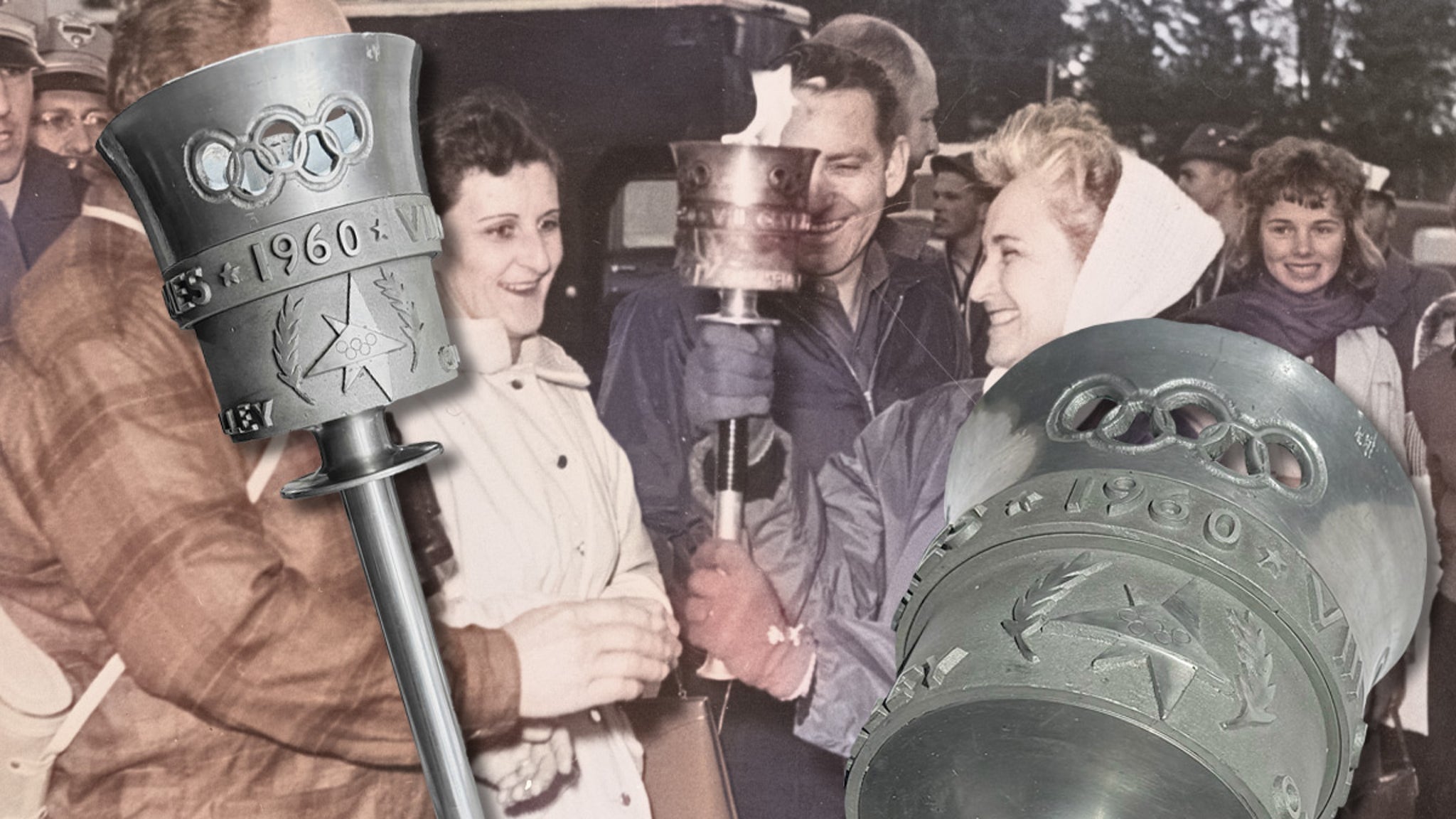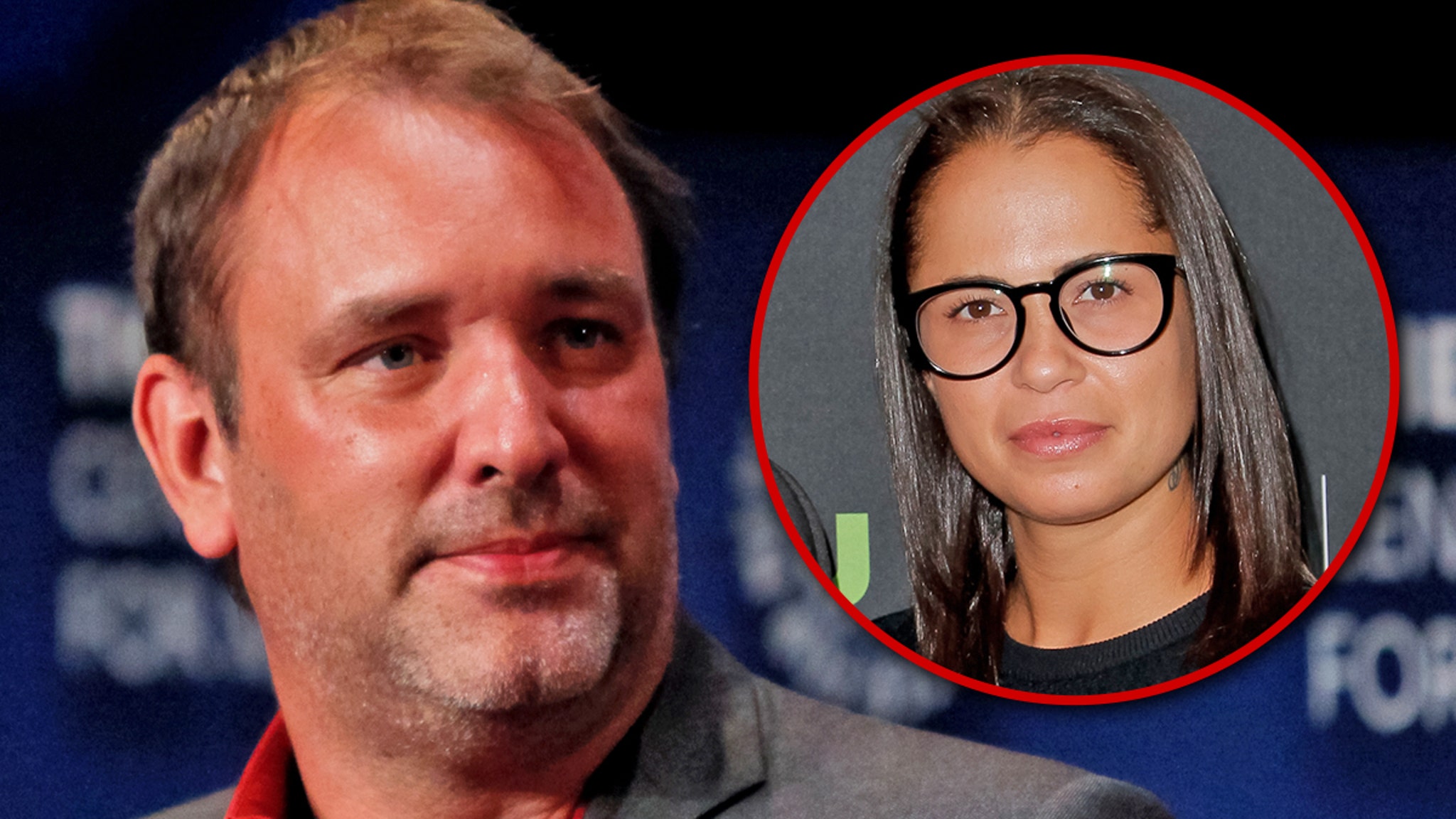Fashion
In This New Dating Show, Balloons Last Only as Long as Romantic Interest


The rubber balloon has worn many hats since it was invented 200 years ago. It has been used to spruce up birthday parties and political rallies, operate flying machines and open arteries. The fictional killer clown Pennywise used one to lure in his child victims; some expectant parents deploy them to reveal their unborn child’s sex.
Now it’s being pressed into service in the hunt for love.
In a popular new dating-show format, a contestant is brought out to face a line of singles, each one holding a red balloon. If the singles like what they see, they hold on to their balloons. If not, they are free to pop one at any time, sometimes — often, in fact — before the person even has a chance to speak.
It is unclear who created the concept or when it first hit the web, but content creators have begun to spin up one iteration after another. There are gay versions of the show; versions in which contestants are rated based on their body types; and even versions that dispense with balloons entirely, using printed-out bank statements to inform selections instead.
In the YouTube series “Pop the Balloon or Find Love,” one of the more popular takes on the concept, one man was rejected after revealing that he worked in law enforcement and another for liking anime. In another round, a woman was rejected for appearing, in one man’s estimation, to “need therapy.”
According to the series’s creators, the producer Bolia Matundu, 31, and the host Arlette Amuli, 28, a married couple who live in Phoenix, they wanted their blind-dating show to be a more mature take on the concept, from the studio setup to the seriousness of the contestants.
Mr. Matundu, an Afrobeat musician born in the Democratic Republic of Congo and raised in London, where he lived for 20 years before meeting his wife in Phoenix in 2018, said he noticed last fall that the trend was taking off online, but it was mostly videos engaging with concepts like “smash or pass” or examining body counts.
“I don’t claim that I owned this idea,” he said in an interview. “I was inspired by it, just like many other people are inspired by us.”
Mr. Matundu and Ms. Amuli, who was also born in Congo, select contestants according to participants’ preferences, including age, height and whether they want children. Usually there are nine people standing in line in the studio, and as many as seven singles will be trotted out to be assessed over the course of an episode.
After a participant pops his or her balloon, Ms. Amuli approaches the decliner for a brief interview, asking for an explanation of the rejection. In the event of a match, the two participants are expected to go on a date and follow up a month later.
This process of elimination may be uncomfortably reminiscent of a firing squad. But thankfully, the rat-a-tat fusillade isn’t lethal — just the jarring sound of rejection. Sometimes, contestants become defensive, swapping petty jabs over their features and lifestyles.
This might not sound like your idea of a good time, but that has not stopped people from signing up to appear on these shows. (According to Mr. Matundu, he and his wife have received as many as 60 applications in a day.) And far more have tuned in to watch, with online viewership climbing into the millions across YouTube, X, Instagram and TikTok. But what does this reveal about today’s dating landscape, where the discourse feels unending and the options slim?
Maybe this is just a next-generation “Next,” the early-2000s MTV dating show that featured a contestant cycling through would-be matches in a private R.V. simply by shouting “Next!” The show was controversial during its run, but from our vantage point in the age of swiping, it was also prophetic.
According to Ms. Amuli, the personable host of “Pop the Balloon,” the show is resonating with viewers, even hate watchers, because it reflects dating today: “It’s kind of like a dating app, but in real life.”
“You just see people’s thought processes, how they go about picking someone who they think could be a potential match for them,” she said. “A lot of topics come up that are really good discussion points.”
The show’s structure encourages people to cut to the chase in terms of partner selection, prioritizing physical attributes, basic values and relationship goals over the small talk about one’s job or favorite color we’ve come to expect on a first date. The questions you hear on the show, Ms. Amuli said, are what people eventually ask someone they are dating, but this time, “it comes faster than usual.”
That directness has sparked criticism from viewers who find the approach demeaning or superficial. Of course, others appreciate any effort to cut through the fat and spark more meaningful dialogue. In a way, the show is holding a mirror up to its viewers, showing them what their dating pool looks like now, for better or for worse.
Send your thoughts, stories and tips to [email protected].























